Archives
- 2025-11
- 2025-10
- 2025-09
- 2025-03
- 2025-02
- 2025-01
- 2024-12
- 2024-11
- 2024-10
- 2024-09
- 2024-08
- 2024-07
- 2024-06
- 2024-05
- 2024-04
- 2024-03
- 2024-02
- 2024-01
- 2023-12
- 2023-11
- 2023-10
- 2023-09
- 2023-08
- 2023-07
- 2023-06
- 2023-05
- 2023-04
- 2023-03
- 2023-02
- 2023-01
- 2022-12
- 2022-11
- 2022-10
- 2022-09
- 2022-08
- 2022-07
- 2022-06
- 2022-05
- 2022-04
- 2022-03
- 2022-02
- 2022-01
- 2021-12
- 2021-11
- 2021-10
- 2021-09
- 2021-08
- 2021-07
- 2021-06
- 2021-05
- 2021-04
- 2021-03
- 2021-02
- 2021-01
- 2020-12
- 2020-11
- 2020-10
- 2020-09
- 2020-08
- 2020-07
- 2020-06
- 2020-05
- 2020-04
- 2020-03
- 2020-02
- 2020-01
- 2019-12
- 2019-11
- 2019-10
- 2019-09
- 2019-08
- 2019-07
- 2019-06
- 2019-05
- 2019-04
- 2018-07
-
br Material and methods br Results
2021-09-08

Material and methods Results Discussion Functional characterization of naturally occurring GCK mutations in patients with impaired glucose homeostasis has widened our knowledge of the catalytic and regulatory mechanisms of this enzyme [3]. In this work, we have biochemically characterized a
-
Notch signaling maintains the balance between neural stem ce
2021-09-08
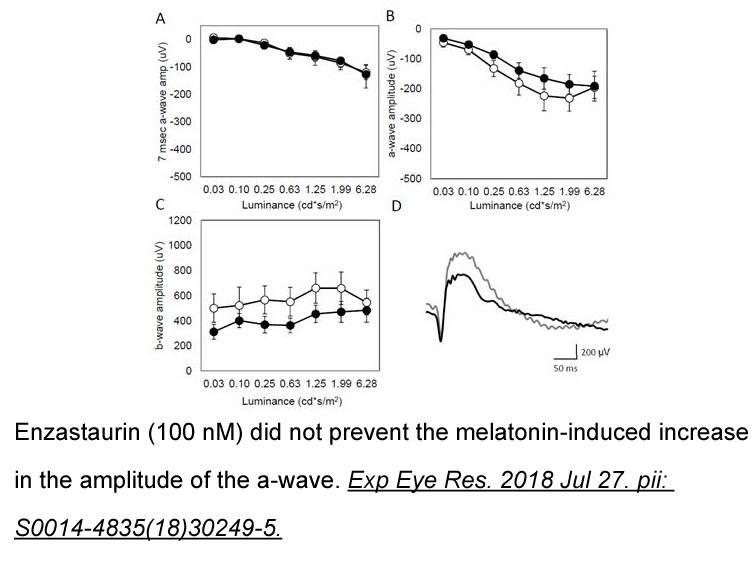
Notch signaling maintains the balance between neural stem cells and neural progenitors (Aguirre et al., 2010, Basak and Taylor, 2007, Mizutani et al., 2007). Conditional knock out of Notch causes depletion in the progenitor pool, showing that Notch is required for the maintenance of neural stem cell
-
br Conflict of interest statement br Acknowledgements
2021-09-08

Conflict of interest statement Acknowledgements Introduction Galanin is a multi-functional neuropeptide that is widely distributed in the neuroendocrine system and peripheral tissues of various species. This 29-amino-acid peptide (30 in humans) is proteolytically processed from its precurso
-
Zn is the second most
2021-09-08
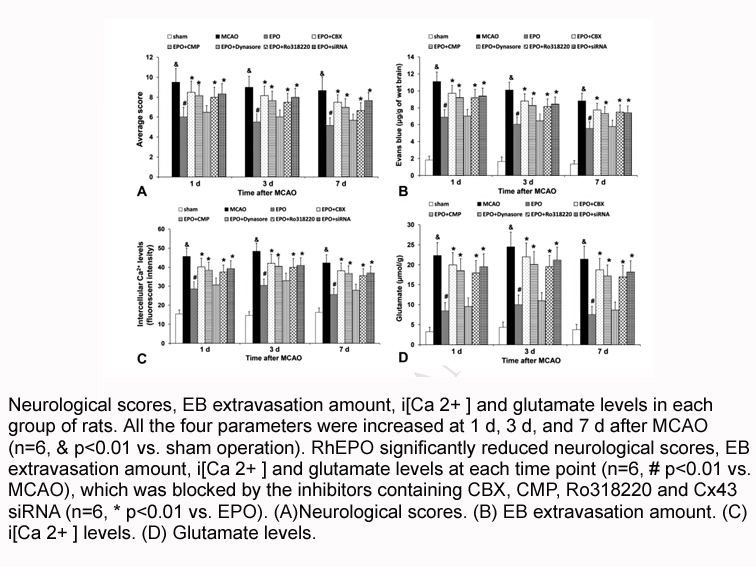
Zn2+ is the second most abundant trace metal in many cells and neurons in the brain. It regulates cellular functions such as gene expression, epigenetic enzymatic activity, protein structural stability, and neuronal plasticity. Zn2+ is particularly abundant in the cortex and limbic system, including
-
We identified three genes KEAP NAA and ABCC
2021-09-08
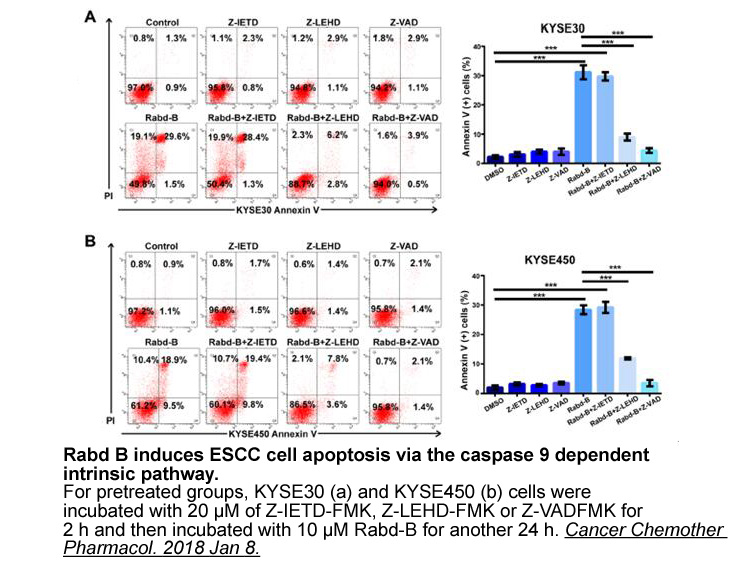
We identified three genes—KEAP1, NAA38, and ABCC1/MRP1—as negative regulators of glutathione abundance in human cells. Like KEAP1, NAA38 appears to regulate NRF2 stability, as NAA38 deletion increased NRF2 protein levels and the expression of NRF2 target genes. NAA38 is a component of the NatC N-ter
-
Taking all these results into
2021-09-07
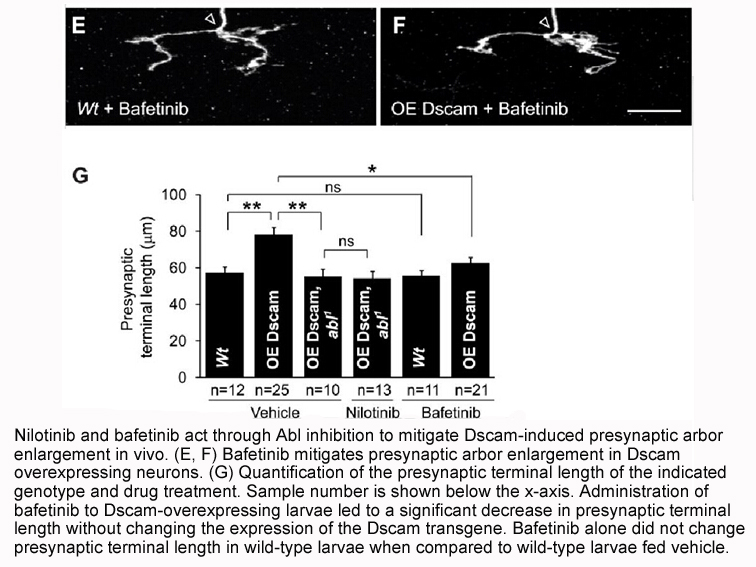
Taking all these results into account, we propose a model for the evolution of HIV DNA forms in blood during the natural history of HIV infection (Fig. 4a). During PHI, the labile linear and episomal HIV DNA forms are particularly abundant and mostly constitute evidence of active replication in rece
-
AZD-9291 mesylate mg Acknowledgements br Introduction Histam
2021-09-07

Acknowledgements Introduction Histamine mediates various physiological functions and pathological actions through its interactions with histamine receptors that belong to the superfamily of seven transmembrane G-protein-coupled receptors (GPCRs) (Haas et al., 2008). Four histamine receptor subty
-
The H R antagonist JNJ developed by
2021-09-07

The H3R antagonist JNJ-17216498, developed by Johnson & Johnson, has entered clinical trial studies, but no information regarding its structure has been publicized to date. A phase II study of JNJ-17216498 monotherapy has been completed for patients with narcolepsy, but the results are not publicall
-
The zinc dependent HDACs are
2021-09-07
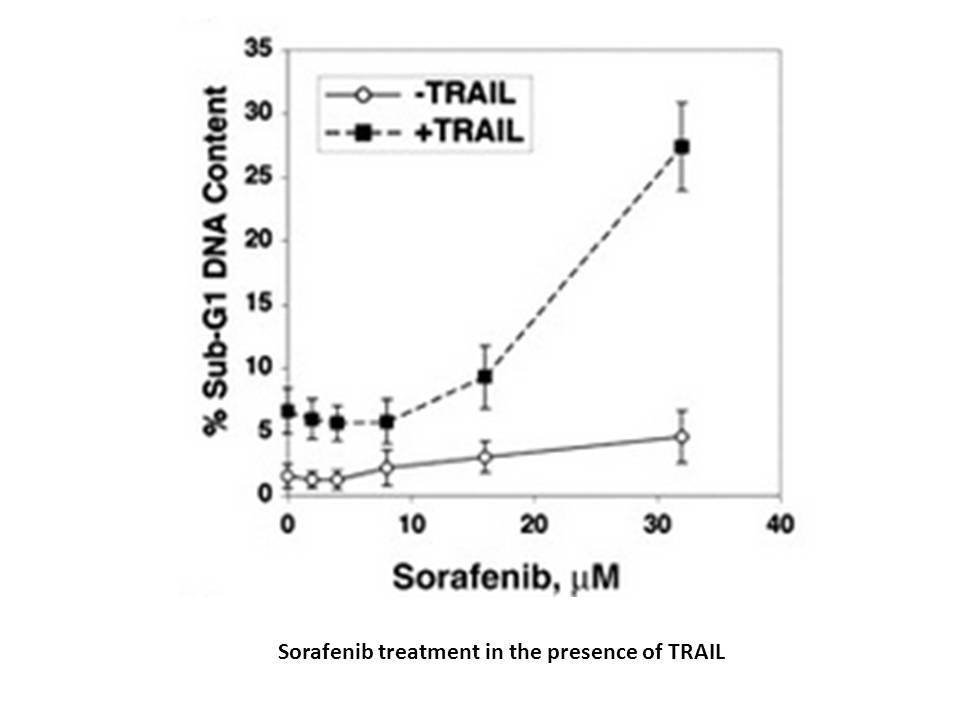
The zinc-dependent HDACs are classified into four groups based on their structure, complex formation, and expression pattern: class I (HDAC1, HDAC2, HDAC3, and HDAC8), class IIa (HDAC4, HDAC5, HDAC7, and HDAC9), class IIb (HDAC6 and HDAC10), and class IV (HDAC11) [16]. We recently reported on a cyto
-
Compound containing dimethylglutarimide P cap P propyl group
2021-09-07
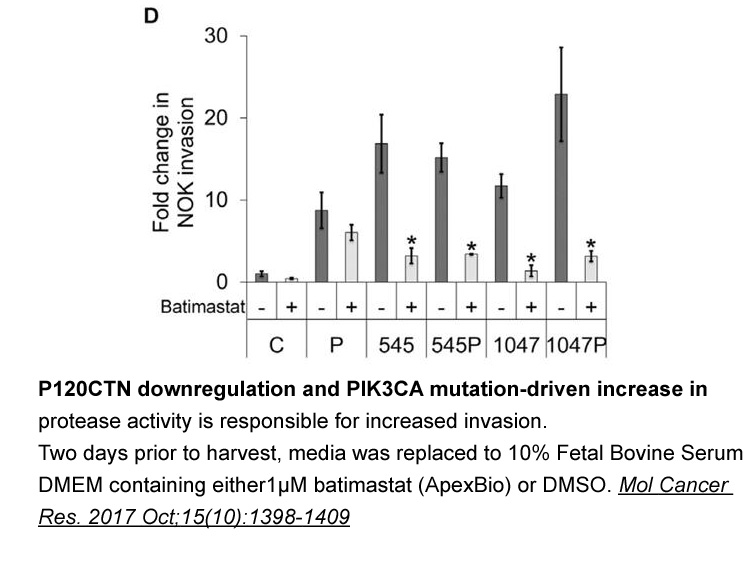
Compound containing, dimethylglutarimide P-cap, P propyl group, α-methylbenzyl urea resulted in inhibitor with much improved binding (=0.064μM) and EC=0.3μM. This was an aza-peptide analog with an EC comparable to our first generation clinical candidate . Analog was evaluated for its selectivity aga
-
br Conclusion and future perspectives The
2021-09-07

Conclusion and future perspectives The nicotinic CAL-101 synthesis receptor GPR109A and its close relatives GPR109B and GPR81 are primarily expressed in adipocytes and are coupled to Gi-type G proteins. Recently, the ketone body β-hydroxy-butyrate, the β-oxidation intermediate 3-hydroxy octanoic
-
am630 receptor To apply the recently developed
2021-09-07

To apply the recently developed GPR35 ligands to CNS disorders, it is necessary to understand whether GPR35 is expressed by any identified cell types in the am630 receptor and whether activation or blockade of this receptor has any consequence on the activity of the neuronal circuitry. To this end,
-
br Animal models of NASH
2021-09-07

Animal models of NASH The human NAS system (see above) is largely reproducible in NAFLD mouse models [37] and, therefore, has been increasingly applied in the preclinical assessment of liver histological responses to test compounds. In general, the NAS system is well suited for this purpose, alth
-
Autophagy as an important cellular process has drawn
2021-09-07

Autophagy as an important cellular process has drawn attentions to its role in cardiovascular systems [16]. Autophagy is a self-digestion and degradation process that recycles the contents of the cytosol, including macromolecules and cellular organelles, resulting in self-repair and conservation for
-
Fmoc-Cys(Trt)-ol receptor MicroRNA or miRNA is group of
2021-09-07

MicroRNA, or miRNA, is group of RNA molecule of about 22 nucleotides without protein-coding function. MicroRNAs are widely distributed in plants, animals and even some viruses and participant in both normal physiological and pathological processes by post-transcriptional regulation of gene expressio
15872 records 606/1059 page Previous Next First page 上5页 606607608609610 下5页 Last page